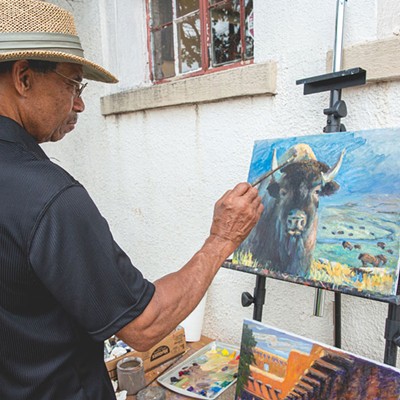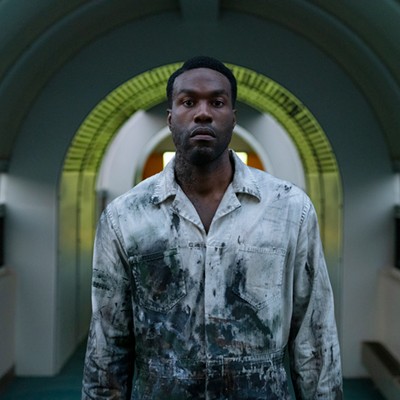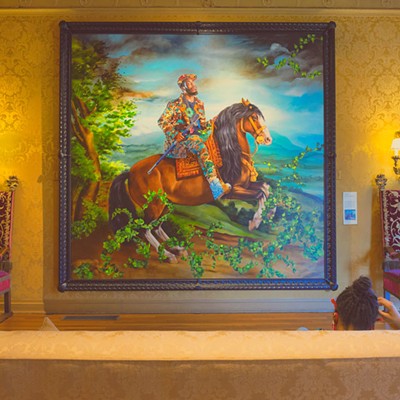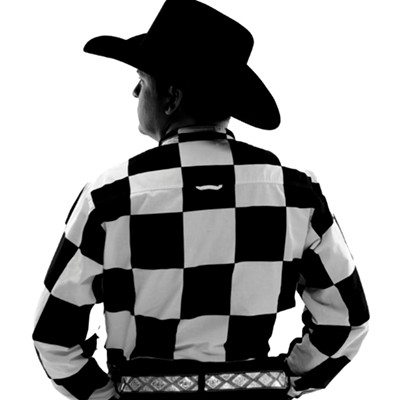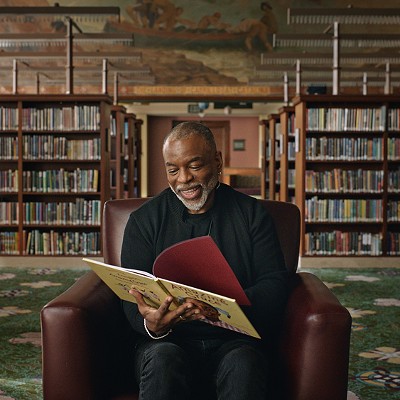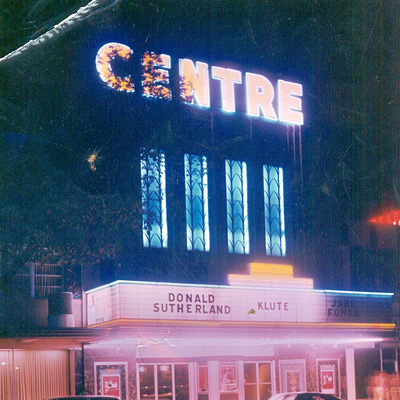
It’s not often we get a biopic about one of the master painters, perhaps because the only thing more boring than watching paint dry may be watching someone apply it.
Pierre-Auguste Renoir, however, had a rather bawdy explanation of his brush-stroke method, according to the film Renoir. It’s one we can’t print. Hear for yourself when Renoir begins a two-weekend run Thursday at, fittingly, the Oklahoma City Museum of Art.
Directed by Gilles Bourdos, the 1915-set French film captures the Impressionist painter (Michel Bouquet) near the end of his life. Widowed, withered and wheelchair-bound, he spends his days painting nudes outdoors on the French Riviera and his nights racked by severe arthritic pain.

His latest model is the young, spirited Andrée (Christa Théret), whose reclining, unclothed body before him enchants the old man: “What interests me is skin,” he says. “Velvety skin.” She more so enchants his son Jean (Vincent Rottiers), who one day hobbles home on crutches with a war injury.
Slowly and methodically, like Bourdos’ ever-moving camera, the focus shifts to this latter coupling, as Andrée inspires Jean to be the filmmaker he wants to be (and would be, responsible for such classics as Grand Illusion and Rules of the Game).
In doing so, Renoir becomes a dual biopic, depicting the twilight of one master and the dawn of another. With Bourdos doing his best to match the painter’s color palette, the film looks lovely, but comes up short on dramatics.
Save for its Kleenex-worthy ending, the movie is more a story about creative style than familial strain. As the elder Renoir tells the younger, “You can’t explain a painting; you have to feel it. If those [nude models] don’t make you want to caress them, you’ve understood nothing at all.” —Rod Lott


